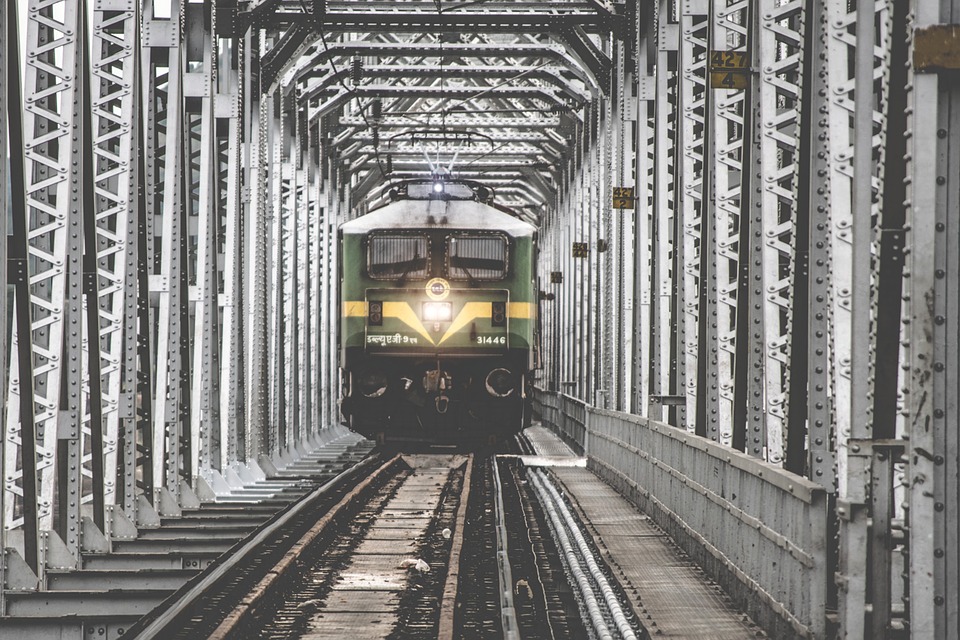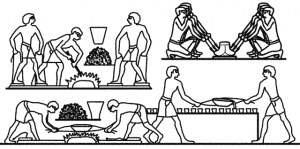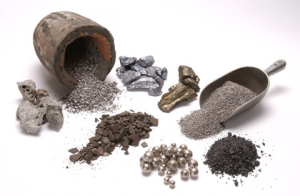José Manuel Mustafá: What is The Relationship Between Fire and Iron?
During the Industrial Revolution, starting with gray iron and later with steel, the key elements in the construction of hanging bridges, steam ships, trains and their tracks, industrial machinery and building structures were born.
The twentieth century witnesses the new iron and steel work advances, present during the First World War, only increasing during the Second One.
“Iron and steel works” refer to the techniques that turn iron into other, different types of iron, or its many alloys.
The process of transforming the iron mineral starts from its extraction from the mines, present in nature as oxides, hydroxides, carbonates, silicates and sulfur.
Its processing remained virtually unchanged from the time of the Hittites to the middle Ages; it consisted of wrought iron obtained by direct reduction, producing a less resistant, flexible metal than the one we currently use.
The technique changes in the fourteenth century, when Catalonian smithies become popular in Europe, capable of generating up to 1.200ºC, which makes for higher quality iron.
Catalonian smithies were metalworking establishments dedicated to the production of iron in the Middle Ages, consisting of a forge that could reach very high temperatures, which allowed impurities to be removed from the iron. The technique was used until the creation of blast furnaces, which allowed for the mass production of high-quality gray iron, stronger and more elastic than wrought iron. Towards the ends of the nineteenth century, they also allowed for the mass production of high-quality steel.
Raw material for the construction of hanging bridges and other important structures of the times.
A history of growth and the search of perfection, since the higher the iron was heated, the greater its resistance and malleability, two key elements that make iron a useful boon, forever intertwined within the history of humankind.
In conclusion, fire is the key, the true way to temper iron and make it as strong as steel, demonstrating through the centuries the history of iron’s transformation.




